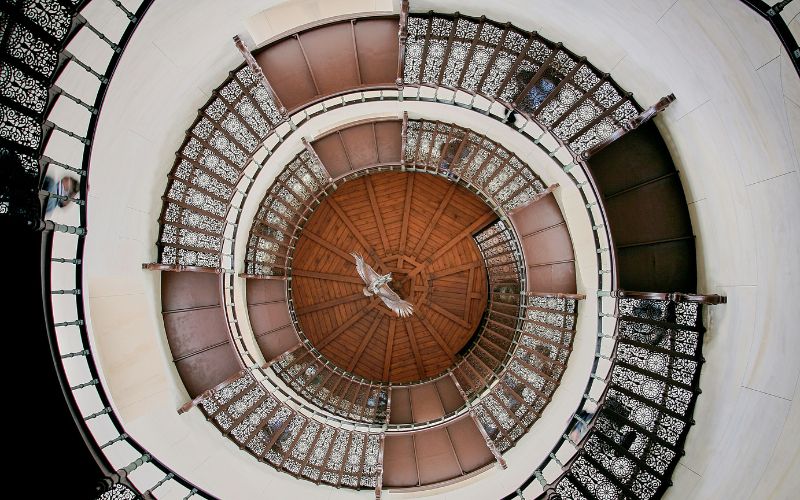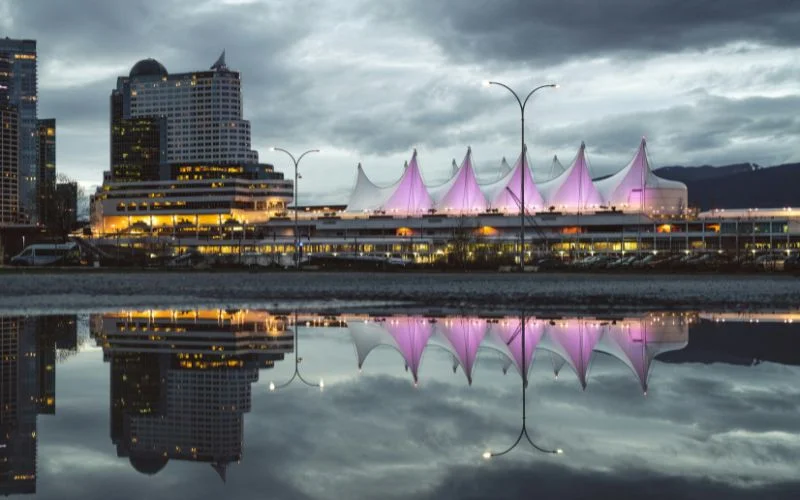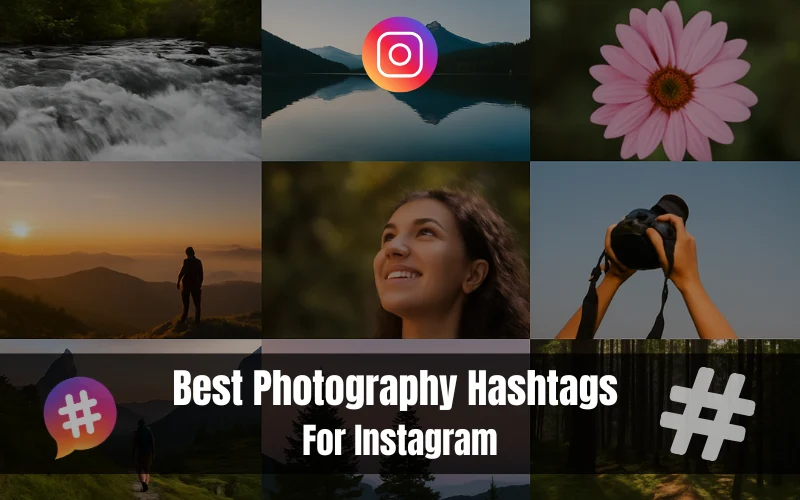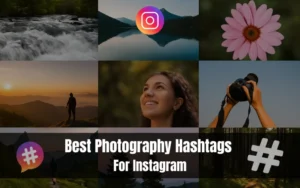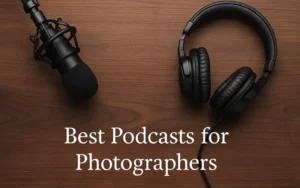Photography composition adds several elements: form, shape, colour, line, space, and texture. Precisely, form in photography is all about mastering them. Those practising the genre of form in photographs know such pictures look so realistic that viewers tend to believe they can touch or feel the object in the frame.
Photographer enthusiasts who like to experiment, are genuinely imaginative, or are driven for innovation from photography can be a great fit. In this guide, you’ll learn about shape and form photography and how to be great at it.
Table of contents
- Form VS Shape
- What is Form Photography?
- 10 Tips To Master Form Photography
- 1. Learn To Identify Form In Photography With Everyday Objects
- 2. Shift In Perspective
- 3. Experiment With DOF (Depth of field)
- 4. Play With light
- 5. Utilize Triangles In The Frame
- 6. Look For Visual Balance
- 7. Manipulate Shapes
- 8. Experiment With Different Lenses
- 9. Play With Contrast
- 10. Apply Negative Shapes
- Top 5 Form Photographers To Inspire You
- Conclusion
Form VS Shape
Merriam-Webster defines “form” as comprising 12 parts, 27 sections, and 4 subsections. As photographic artists, we are all concerned with the shape and structure of objects distinguished from their material.
‘Shape’ and ‘’Form’ are often used interchangeably, but both carry different meanings in photography. In terms of photographs, shape refers to flat and two-dimensional (i.e. height and width). Imagine a circle or square. They are just flat shapes. You can easily draw them on paper.
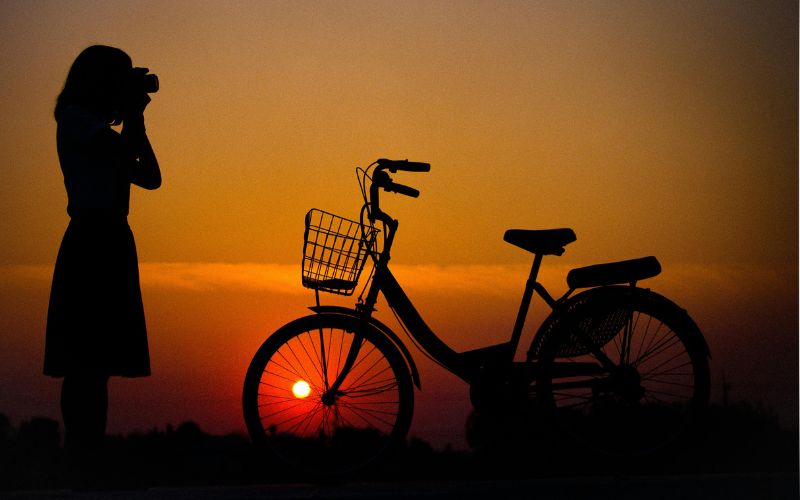
On the other hand, form adds the third dimension— depth. It is the 3D aspect of the object in your photo. From the perspective of ‘form’, a circle (shape) appears like a ball and a square comes off as a cube.
Technically, forms take shapes from two dimensions and bring them into three dimensions (height, width, and depth).
In photography, depth can be achieved by light and shadows. This makes the object seem so real that you could touch or feel it. In a nutshell, shape is 2D, and form makes it look 3D in your photos.
Check out The Advanced 3D Product Visualization Course
Types Of Forms
There are two forms: geometric (or regular) and organic.
- Geometric forms encompass familiar spheres (e.g. cube, cone, cylinder etc).
- Organic forms are objects that surround us in our three-dimensional world.
The irony of forms is that they can be either simple or intricate. Forms create positive and negative space. In photography terms, positive space involves the area covered by forms and negative space is what remains.
What is Form Photography?
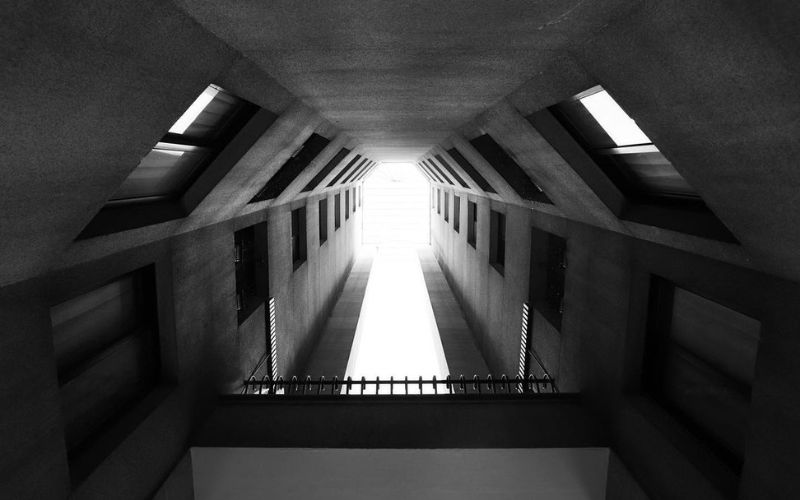
Form in photography, also called fine art photography, is a different and unique genre. It focuses on capturing aesthetically compelling photographs, emphasising form, shape, texture, and composition.
It is often used to capture unique perspectives, patterns, and arrangements. Shape photography often features abstract or experimental approaches.
Uses of form photography
- Still-life
- Abstract
- Landscape
- Portrait
- Architecture
- Product photography
Basic Key Elements Of Form Photography
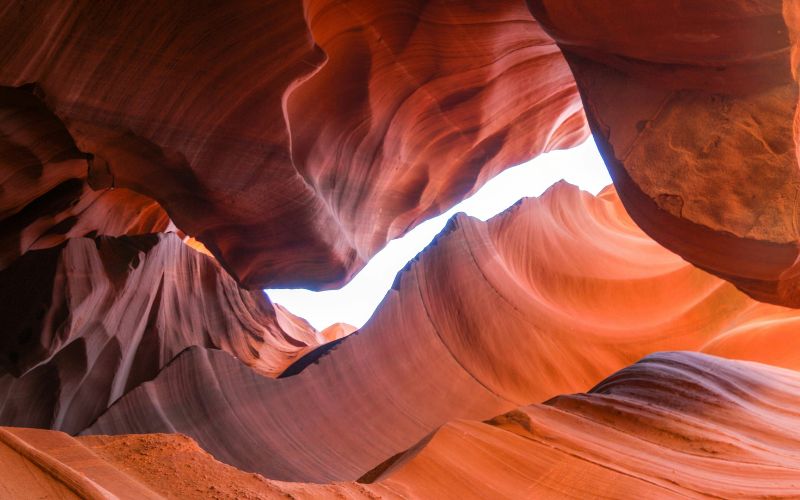
Form photography encourages photographic artists to push boundaries, experiment, and convey their creative vision. Below are a few key elements of form in photography:
- Unconventional angles and perspectives.
- Experimentation with light and shadow.
- Experimentation with colour and texture.
- Emphasize forms and shapes.
- Eyes on composition and balance.
Real-life Form Photography Examples
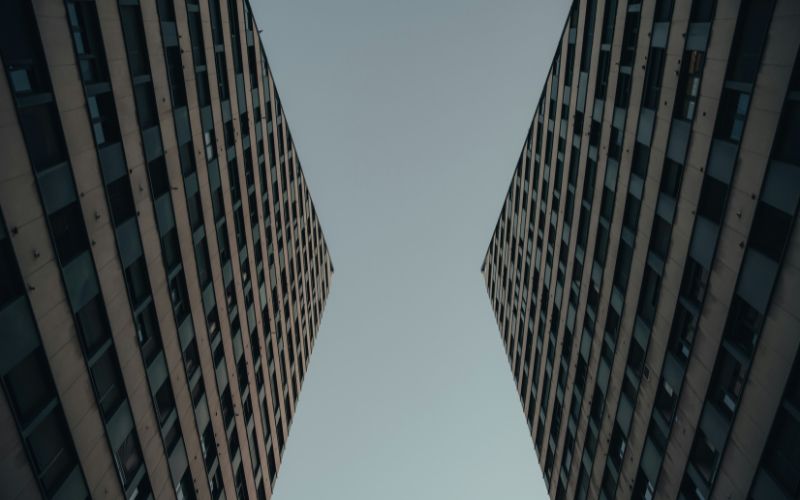
- Each object adds some form. You need to know where to look. Imagine a photograph of a winding road disappearing into the horizon. How the road gets narrow, and the surroundings become smaller gives it a sense of depth. This is an example of form photography.
- Imagine an apple falling light from one side. It now creates shadows and highlights the textures, making it a real, solid apple you could eat up.
- Close-up shot of a person’s face falling light on the front— shadows under the nose and chin, highlights on the cheeks and forehead, giving a face 3D look.
Check out Caitlin Teal Price Interview: Mysterious Reflections Against Light and Shadow
10 Tips To Master Form Photography
Below are ten effective tips to master the art of form photography.
1. Learn To Identify Form In Photography With Everyday Objects
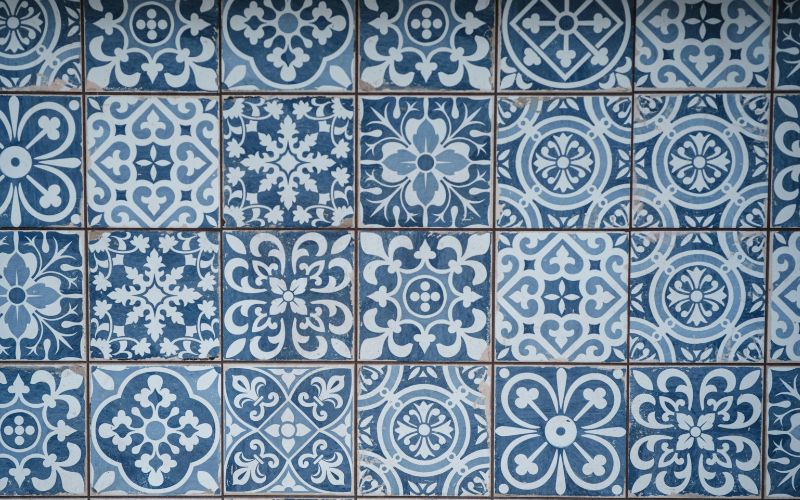
Forms are everywhere. You just need to open your eyes wide. BnW images are great for emphasizing forms. You are required to choose the right camera settings to capture black-and-white photos. However, you can turn colour photos into black and white during post-processing.
Remember: you need to monitor the LCD screen to see how light affects forms. However, be ready to make changes when required.
2. Shift In Perspective
Typically, perspective is changing the angles. By changing perspective, you ultimately contribute to the appearance of the form. However, it is advised to choose the most useful angle to avoid capturing flat images.
3. Experiment With DOF (Depth of field)
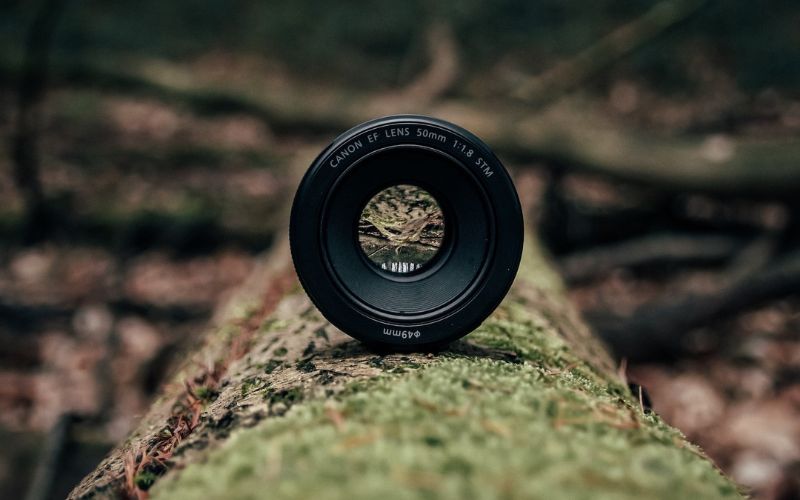
Depth is another factor that makes the form of a frame more visible to the viewers. To create form in the frame, you can use other objects and distance them in different areas from background to foreground. By doing so, the subject will appear three-dimensional in the image.
One of the form photography examples is when capturing trees, you can leave a few out of focus in the background and focus on a single one in the foreground for a sharper image outcome. This approach applies to other objects as well.
“ The method of enhancing form and depth in photography is called selective focus.”
4. Play With light
The subject usually looks three-dimensional when the light falls in front of it (applies to portfolio shoots). On the flip side, you won’t get the perfect shot if the light comes from the background.
It is meant to break when one’s creating a silhouette effect. You need to light the subject from the sides for enhanced shadows and forms in photography.
5. Utilize Triangles In The Frame
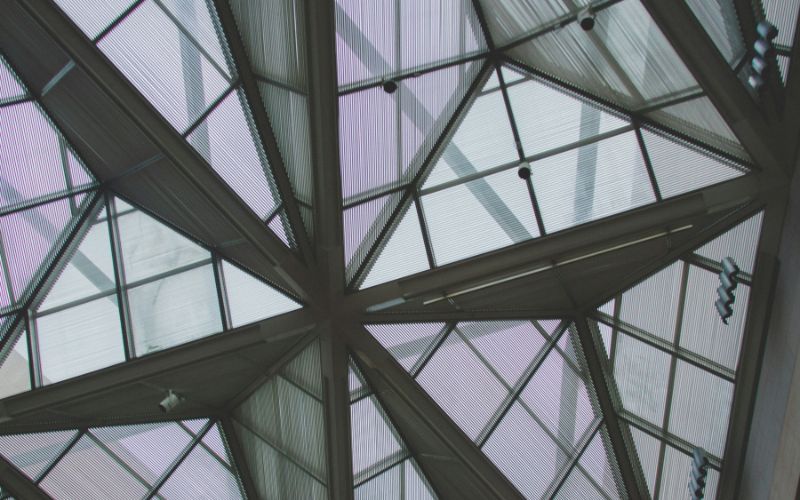
To understand the right definition of form in photography, you should know that every shape has a specific role in photography. But triangles have more power than others. They easily lead the viewers to a specific point.
It is why most portrait photographers advise posing a group of people in a triangular arrangement. Triangles are often used in photography to create 3D forms and can be found in geometric or organic spaces.
6. Look For Visual Balance
Balance technique (i.e. achieving an equal visual weight of all elements of the photo composition) allows you to cater more focus to the form or shape.
To apply this technique, make sure the frame has as much free space as the object occupies. Secondly, you can apply the rule of third.
It means capturing the shape that occupies one-third of the picture. Eventually, you will be able to achieve the form’s perfect symmetry and enhance the shape by placing the object in the centre of the frame.
7. Manipulate Shapes
You can manipulate the shape of a particular object. One of the form photography examples, you can scrunch a piece of paper into a ball or slice an apple. This hardly applies to a square block of concrete. Sometimes, to achieve the same result, you can change your perspective or angle.
Check Out Image Manipulation Tutorial – Create Editing Wonders
8. Experiment With Different Lenses
Lenses play a pivotal role in shape and form photography. Before capturing the visual form, it is essential to use the appropriate lens.
Wide-angle lenses offer a wider field of view than your sensor. It means you’ll get a larger horizontal scope. But you should handle wide-angle or slant lenses correctly. Either your shot will look compressed around the edges. You can even switch to telephoto as they provide longer focus distance and narrower FOV.
9. Play With Contrast
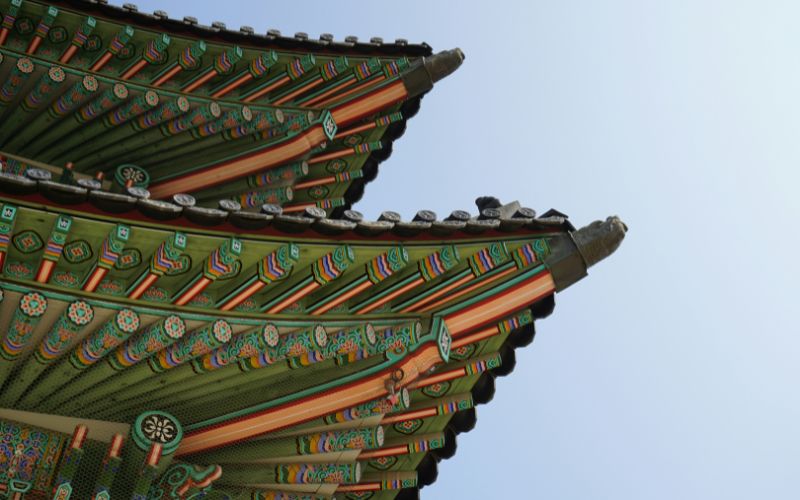
Contrast is significant in form photography. You must centre the viewer’s eyes on the form accompanying a perfect background. Keep an eye on the surroundings. Look for smooth colours or blended tones. Use narrow DOF to blur the background if these elements lack in the particular condition.
Pro tip: You can use Lensbaby, allowing you to focus or highlight a specific area of the object and blur everything else for your shape photography.
Check Out Masterclass: Color Grading Tutorial for Photoshop By Nino Batista
10. Apply Negative Shapes

Negative shapes are harder to spot and often seem unreal. Sometimes, a negative shape can impact the spectators more significantly than a positive shape. To spot negative space, you must note the space between the objects. What shapes can you spot between the spaces?
Top 5 Form Photographers To Inspire You
Below are 5 form photographers who, over the years, have been experimenting with light, shadow, perspective and exposure— a dose of inspiration for you.
1. Chema Madoz (Spain)
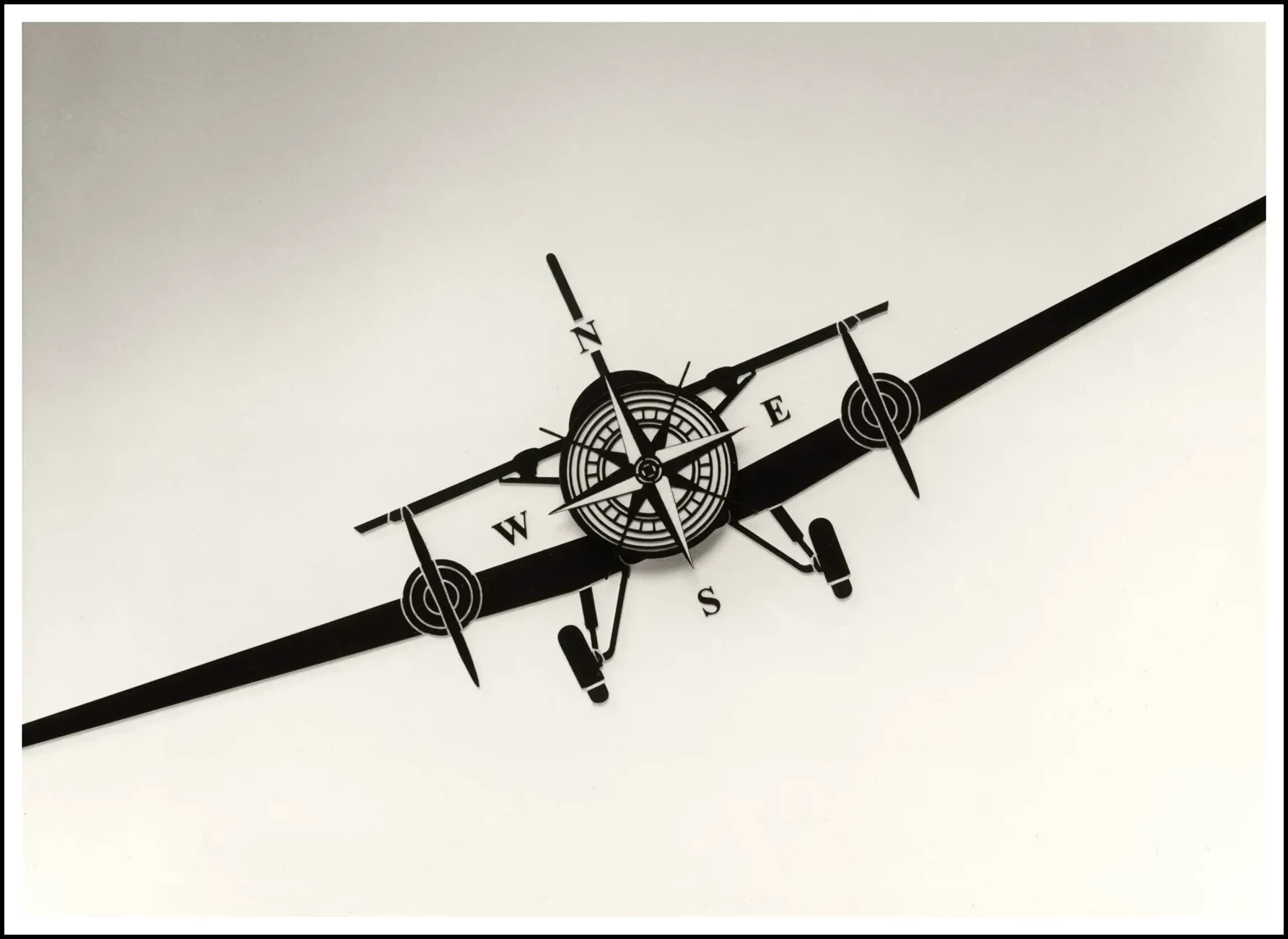
Famed for his BnW surreal photos, he prefers to call himself an arranger rather than a photographer. In simple words, his shots create visual poetry.
His speciality lies in presenting ordinary objects most uniquely and keenly. His shots are an amalgamation of shapes and elements. He prefers using medium-format film to capture subjects.
2. Sebastião Salgado (Brazil)

Sebastião Salgado is another expert photographer in the genre of form in photography. He is a Brazilian social documentary photographer and photojournalist. Over the years, he has travelled to 120+ countries for photography projects.
Most of his works have been featured in leading publications and books. His photography is a collection of his diverse touring encounters— a peek into human emotion and nature.
3. Timothy Hogan (USA)

Timothy’s forte is still-life images, which have earned him numerous accolades and recognition. He experiments with different colours and light and captures iconic photos.
What makes his shots stand out is his unique composition skill. His passion for surfing and exploration is expressed through his shots. He is also fond of capturing shape and form in photography.
Check Out: Food & Still Life Photography Course
4. Oleksandr Rupeta (Ukraine)

Oleksandr Rupeta is a Ukrainian-born documentary photographer. He works on news photo reports, covering cultural, political and social life in Europe, the Middle East and Asia.
During post-processing, he prefers to take monochrome shots or convert colour images to black and white for shape photography. His works have been featured in The Times, The New York Times, National Geographic Traveler and others.
5. Maria Svarbova (Slovakia)
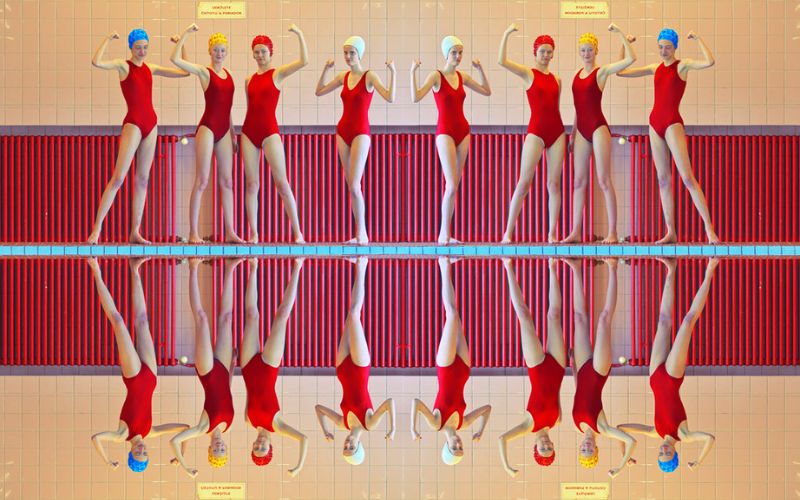
This Slovak fine art photographer is known for her project titled ‘’In the swimming pools” — it is so surreal and has no words. Starting her photography journey in 2010, her form in photography skills garnered international acclaim. Her works have been widely featured in Vogue, Forbes, The Guardian and worldwide publications.
Conclusion
In a nutshell, shape and form photography is a unique genre in photography. It allows photographic artists to celebrate the artistic and creative potential of photographs. It allows them to transcend the boundaries of literal representation by focusing on form, shape, texture, and composition.
Its unique approach to experimentation and innovation calls for the viewer’s attention to see the world in a fresh, exciting way. It also challenges our perception and inspires imagination. Whether still life, stunning landscapes, or striking portraits, this genre can transform the ordinary into extraordinary. Over the years, this genre of photography has inspired photographers to explore, innovate, and create.
Ultimately, form in photography reminds us that a photograph’s beauty lies in its ability to capture reality and its capacity to create a new reality that inspires or awes us.
